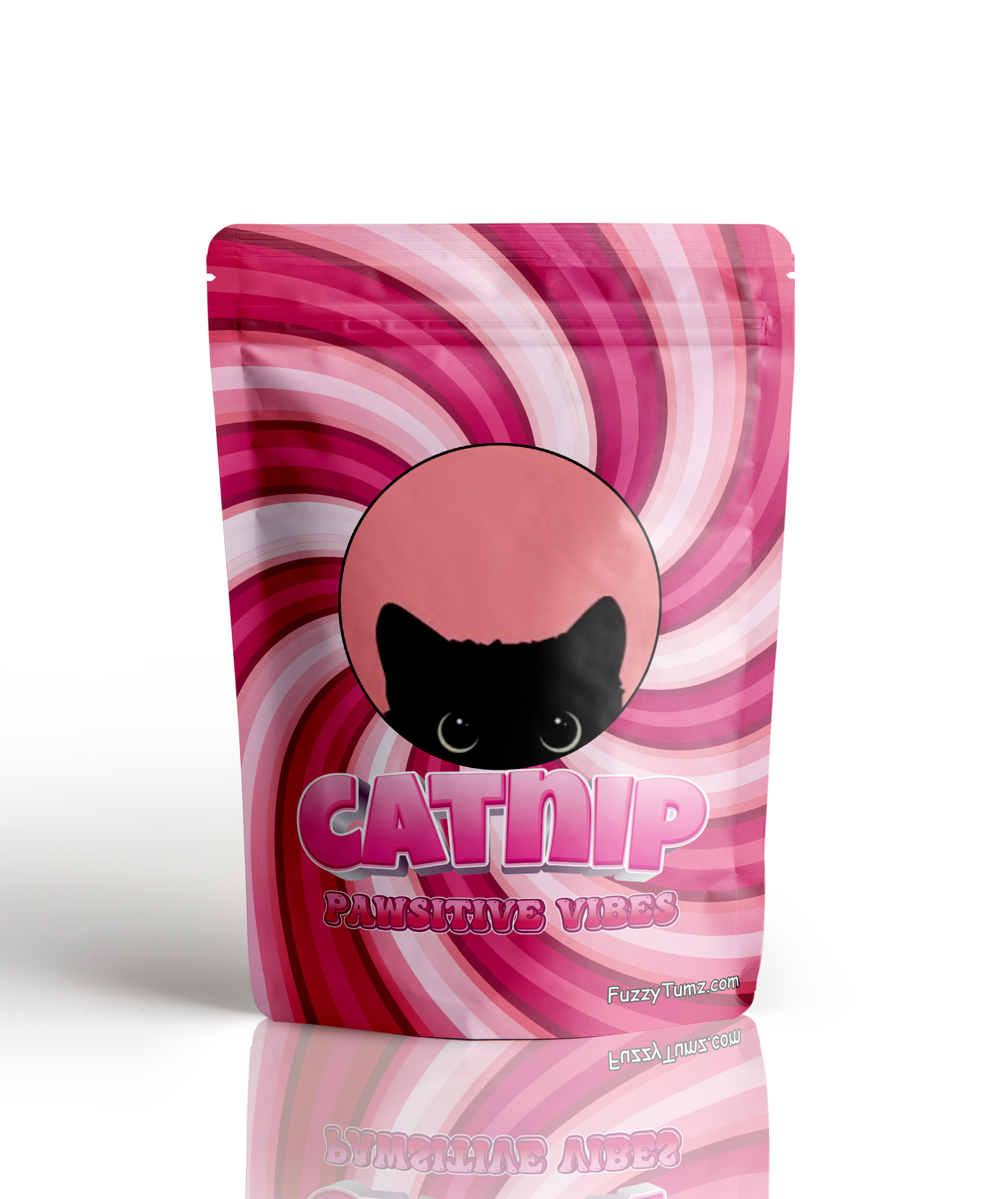Home » Cat Plants » The Toxic Dangers of the Wisteria Plant to Cats

Wisteria, a beautiful flowering vine commonly found in gardens and landscaping, is unfortunately highly toxic to cats. All parts of the wisteria plant contain harmful compounds called lectin and wisterin glycoside, which can cause severe symptoms if ingested by felines.
Cat owners should be aware of the potential dangers posed by this popular ornamental plant.
Ingestion may cause mild gastrointestinal upset, but is generally not life-threatening.
Ingestion can result in mild symptoms like vomiting, diarrhea, or drooling. Rarely fatal but may require veterinary care.
Eating these plants can lead to more pronounced symptoms like abdominal pain, lethargy, or difficulty breathing. Veterinary intervention may be necessary.
Ingesting even small amounts can cause severe symptoms like organ damage, seizures, or cardiac failure without rapid treatment.
All parts of these plants are extremely poisonous to cats and can quickly lead to death, even with immediate veterinary care.
** Please note: Please note that toxicity level can vary based on the amount ingested and the specific cat. It's always best to keep these plants completely inaccessible to cats and seek immediate veterinary care or call the poison hotline if you suspect your cat has ingested any part of a toxic plant.
If a cat ingests any part of the wisteria plant, it may experience a range of concerning symptoms due to the toxic compounds present. Common signs of wisteria poisoning include:
If you suspect your cat has consumed wisteria, seek immediate veterinary care to prevent potentially life-threatening complications.
If you bring your cat to the vet with suspected wisteria poisoning, they will follow these steps to diagnose and treat the condition:

A: Yes, Wisteria is harmful to cats. The plant contains toxic compounds that can cause severe gastrointestinal issues like vomiting and diarrhea if ingested.
A: Symptoms of Wisteria poisoning in cats include vomiting, diarrhea, and abdominal pain. If your cat exhibits these symptoms after exposure to Wisteria, contact your veterinarian immediately.
A: Wisteria is moderately toxic to pets, including cats and dogs. Ingesting even a small amount can lead to significant digestive distress and requires prompt medical attention.
A: Cats can recover from Wisteria poisoning with timely and appropriate veterinary care. However, the severity of the symptoms may vary depending on the amount ingested.
A: It is not safe to grow Wisteria in a garden with cats due to its toxic nature. Consider planting non-toxic alternatives like rose bushes or lavender to ensure your cat’s safety.
A: If your cat ingests Wisteria, seek veterinary care immediately. Quick action is crucial to manage symptoms and prevent serious health complications.
Wisteria is a genus of flowering plants native to Asia and North America. The plant was named after Caspar Wistar, an American physician and anatomist, by botanist Thomas Nuttall in 1818. Wisteria has been cultivated for centuries in Japan and China, where it holds cultural significance and is often depicted in art and literature.
In the 19th century, wisteria was introduced to Europe and North America as an ornamental plant, prized for its stunning cascades of fragrant flowers. Today, wisteria remains a popular choice for gardens and landscaping, despite its potential toxicity to pets.
Please note: The information shared in this post is for informational purposes only and should not be considered as veterinary medical advice.
